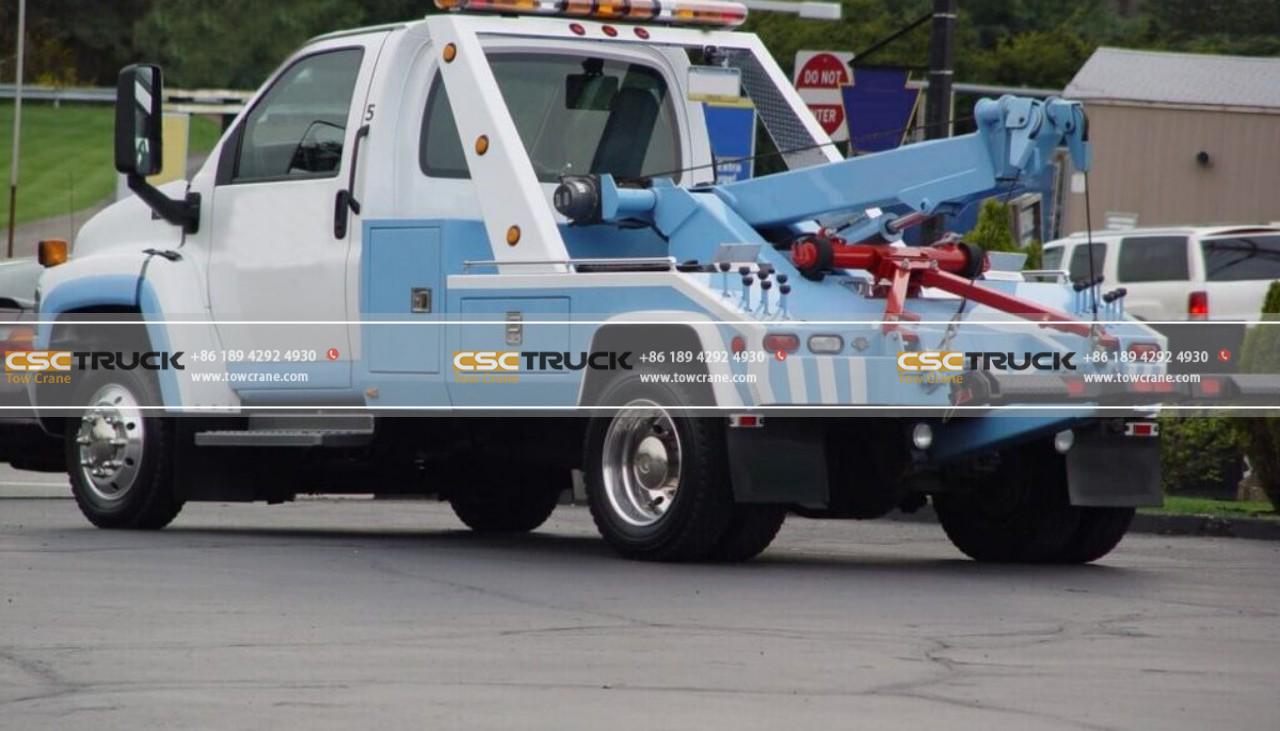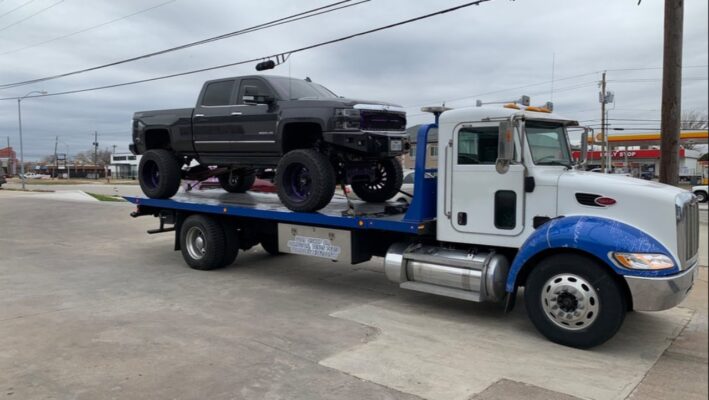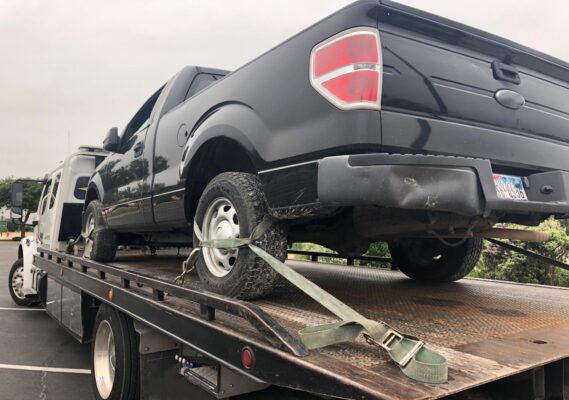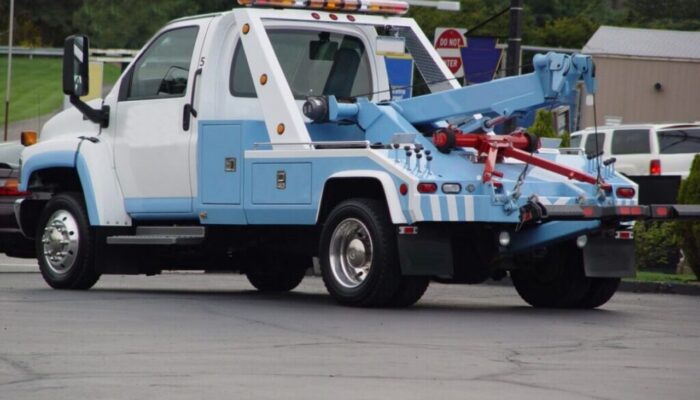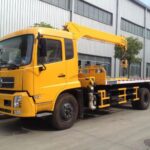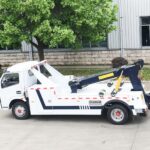Tow trucks play a vital role in maintaining road safety and ensuring the quick recovery of vehicles involved in accidents. One essential piece of equipment in these operations is the tow truck ramp. This article delves into the importance of car crash tow truck ramps, their design and functionality, видове, usage in different scenarios, the safety protocols involved, and the challenges faced by operators. Understanding these aspects highlights how tow truck ramps contribute significantly to road safety and efficiency in vehicle recovery.
Importance of Tow Truck Ramps
Tow truck ramps are essential for safely loading and unloading vehicles involved in crashes. They ensure that damaged vehicles can be moved without causing further harm, both to the vehicle and the environment. The importance of tow truck ramps can be summarized in the following points:
- Safe Recovery: Tow truck ramps allow for the secure and stable recovery of vehicles, especially those that cannot be driven due to severe damage.
- Efficiency: These ramps expedite the recovery process, reducing the time vehicles spend obstructing traffic and minimizing the risk of secondary accidents.
- Vehicle Integrity: Proper use of tow truck ramps helps maintain the integrity of the vehicle by providing a smooth transition onto the tow truck, preventing additional damage.
Design and Functionality
Tow truck ramps are designed with safety and efficiency in mind. The key features of tow truck ramps include:
- Durability: Made from high-strength materials like steel or aluminum, tow truck ramps are built to withstand the weight and impact of damaged vehicles.
- Adjustability: Many ramps are adjustable, allowing them to accommodate vehicles of different sizes and weights. This flexibility is crucial in handling a variety of accident scenarios.
- Non-Slip Surface: To ensure the safety of the recovery process, tow truck ramps are often equipped with non-slip surfaces, providing traction and preventing vehicles from sliding off during loading and unloading.
- Hydraulic Systems: Modern tow trucks often incorporate hydraulic systems to raise and lower the ramps smoothly, reducing the manual effort required and improving the precision of vehicle placement.
Types of Tow Truck Ramps
Tow truck ramps come in various types, each designed for specific situations and vehicle types. The primary types include:
- Flatbed Ramps: These are the most common type, featuring a flat, horizontal surface that can be inclined for loading. Flatbed ramps are ideal for transporting vehicles with significant damage or those that cannot be driven.
- Wheel-Lift Ramps: These ramps use a metal yoke to lift one end of the vehicle by its wheels. While not a traditional ramp, the wheel-lift mechanism is effective for towing vehicles over short distances.
- Heavy-Duty Ramps: Designed for large vehicles like trucks and buses, heavy-duty ramps are reinforced to handle greater weights and provide a stable platform for recovery.
- Portable Ramps: Smaller and more lightweight, portable ramps can be used in situations where a full-sized tow truck cannot reach, such as narrow or off-road locations.
Usage in Different Scenarios
Tow truck ramps are utilized in various accident scenarios, each requiring specific approaches to ensure safety and efficiency:
- Highway Accidents: On busy highways, quick recovery is essential to prevent traffic congestion and additional accidents. Flatbed ramps are often used for their speed and efficiency in loading damaged vehicles.
- Urban Crashes: In urban areas with limited space, adjustable or portable ramps are valuable for maneuvering around obstacles and safely recovering vehicles without causing further disruption.
- Off-Road Incidents: For accidents occurring off-road or in remote locations, portable ramps are indispensable. They can be easily transported and set up to recover vehicles in challenging terrains.
- Severe Collisions: In cases of severe collisions where vehicles are heavily damaged or overturned, heavy-duty ramps and hydraulic systems are used to safely and effectively recover the vehicles.
Safety Protocols
Safety is paramount in the use of tow truck ramps. Operators must follow strict protocols to ensure the safety of themselves, other road users, and the vehicles being recovered. Key safety measures include:
- Proper Training: Tow truck operators undergo rigorous training to handle different types of ramps and recovery scenarios. This training ensures they can operate the equipment safely and efficiently.
- Regular Maintenance: Tow truck ramps and associated equipment must be regularly inspected and maintained to prevent mechanical failures during recovery operations.
- Safety Gear: Operators are required to wear appropriate safety gear, including high-visibility clothing, ръкавици, and helmets, to protect themselves during recovery operations.
- Traffic Control: Effective traffic control measures, such as cones, warning signs, и, if necessary, coordination with law enforcement, are implemented to ensure the safety of the recovery scene.
Challenges Faced by Operators
Tow truck operators face numerous challenges in using ramps, which include:
- Weather Conditions: Adverse weather, such as rain, snow, or ice, can make the use of tow truck ramps more hazardous, requiring operators to take extra precautions.
- Vehicle Condition: Severely damaged vehicles may be difficult to secure and load onto the ramp, posing a risk of further damage or accidents during the recovery process.
- Traffic Hazards: Operating on busy roads or highways exposes tow truck operators to the risk of secondary accidents, necessitating vigilant traffic management and quick, efficient recovery.
- Equipment Limitations: Not all tow trucks are equipped to handle every type of vehicle or accident scenario, requiring operators to have a thorough understanding of their equipment’s capabilities and limitations.
Заключение
Tow truck ramps are an integral part of the vehicle recovery process, providing a safe and efficient means of loading and unloading vehicles involved in crashes. Their design, функционалност, and versatility make them indispensable tools for tow truck operators. Despite the challenges faced in using tow truck ramps, the adherence to safety protocols and continuous advancements in technology help ensure that tow truck operators can perform their crucial role effectively.
As the number of vehicles on the road continues to increase, the importance of tow truck ramps in maintaining road safety and facilitating swift vehicle recovery cannot be overstated. These tools not only help to minimize the disruption caused by accidents but also play a vital role in protecting the safety of motorists and recovery personnel alike.

